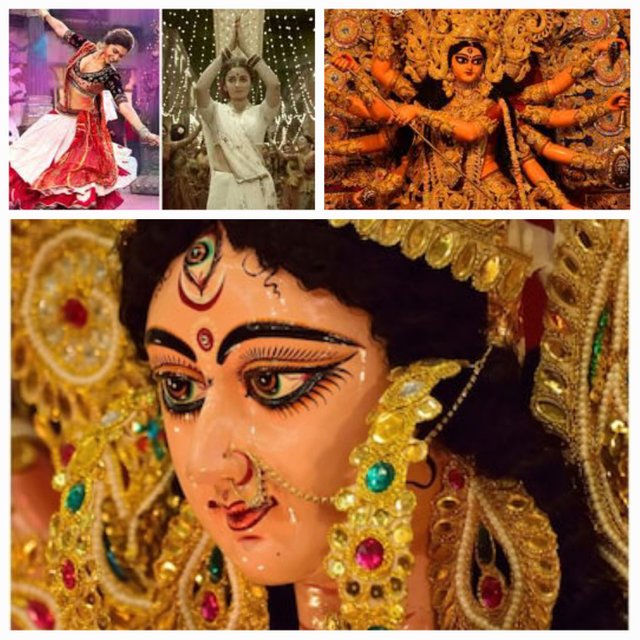Navratri festival

Navratri is a Hindu festival celebrated over nine nights and ten days. It typically falls in September or October, depending on the Hindu lunar calendar. The word "Navratri" is derived from two words: "Nav" meaning nine and "Ratri" meaning night.Key features of Navratri include:Worship of Goddess Durga: Navratri is primarily dedicated to the worship of the Hindu goddess Durga in her various forms. Different regions of India have their own customs and traditions for celebrating Navratri.Nine Nights of Celebration: During the nine nights, various forms of the goddess are honored through prayers, rituals, and traditional dance forms such as Garba and Dandiya Raas, which are especially popular in the western state of Gujarat.Fasting and Feasting: Many people observe fasts during Navratri, abstaining from certain foods. Special dishes, often prepared without onions and garlic, are consumed during this period. After the fasting period, devotees break their fast with a special meal.Goddess Durga's Victory: Navratri symbolizes the triumph of good over evil, with the goddess Durga's battles against various demons being depicted through dance dramas and recitations.Cultural Celebrations: Beyond its religious significance, Navratri is also a time for cultural performances, music, dance, and community gatherings. It's a time of joy and celebration, with people dressing in colorful traditional attire.Regional Variations: Navratri customs and traditions can vary by region in India. In West Bengal, it coincides with Durga Puja, a grand celebration involving elaborate idols and processions. In South India, it's marked by the display of dolls in homes (Golu or Kolu).Navratri is a significant festival in the Hindu calendar, and it holds cultural and spiritual importance for millions of people in India and around the world. It's a time for devotion, family gatherings, and vibrant celebrations.